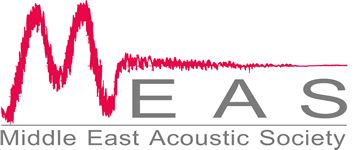Sound Insulation can be defined in two ways. The first is the ability of an element to reduce the amount of sound passing through it (from one room to another room) and the second is the ability of a material to absorb sound energy (reflection of sound in the room).
These two 'insulations' are very different and have vastly different methods of both design and calculation and in assessing, as in testing on completion.
The first relies heavily on both mass and material stiffness and also air spaces (as in the cavity in a wall) and how these materials are supported. For example a rigid connection between two leaves of a wall will provide less insulation between two rooms that no connection. This insulation refers to a separating element’ ability to mitigate the transfer of airborne or impact sound through it. This includes vertical (walls) and horizontal (floors) adjacency's. When measured in a laboratory environment, a loudspeaker is measured inside one room (source room) and the same levels are measured on the other side of the separating element (receiver room). The surface area of the separating element, as well as the average absorption area in the receiver room are taken into consideration to calculate the Sound Reduction Index (R) value at multiple frequency bands. These values are then compared to a reference curve to obtain the single number value - Weighted Sound Reduction Index (Rw). When measured in the field, the same is done except the reverberation time inside the receiver room in considered and standardized to a reference reverberation time producing the Standardized Level Difference (DnT) in multiple frequency bands. This is also compared to a reference curve to obtain the single number value – Weighted Standardized Level Difference (DnTw).
Multiple different factors can generate sound; most elements can be characterized under airborne, structure borne or a combination of both. A sound receiver can be defined as anything ranging from a microphone in a recording studio to a person with average hearing ability in an apartment. In the light of the statements as mentioned above, the term 'sound insulation' can be redefined as the restriction to the transmission of sound passing from a source to a receiver with the use of various engineered mitigation strategies
The second relies heavily on the material thickness and type. For example a soft thick material is likely to reduce more sound reflection in a room than a hard thin material. Of course the more material that is in the room the more the refection can be reduced.
In building acoustics, sound insulation may be further sub classified into external airborne sound insulation, horizontal/Vertical airborne insulation, horizontal/Vertical impact sound insulation, structure borne sound insulation, services sound attenuation etc etc.
